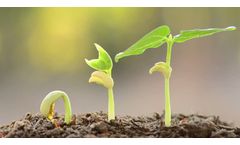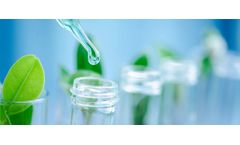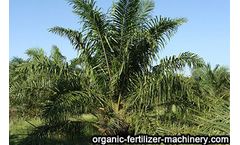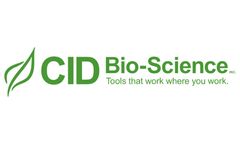Plant Hormone Articles & Analysis
16 articles found
Plant hormones, or phytohormones, are crucial biochemical regulators in plants, orchestrating growth, development, and responses to environmental stimuli. ...
Plant hormones, also known as phytohormones, are trace organic compounds synthesized within plants that play a crucial role in regulating various aspects of growth and development. ...
Plant growth regulators (PGR) are a class of small molecule compounds with plant hormone activity that can affect plant growth and development. Such compounds are often used to enhance plant resistance, promote plant cell division and growth, increase yield, and improve quality. ...
Cytokinin is a potent growth hormone and is commonly used in plant tissue culture, induction of cell division and shoot proliferation, plant regeneration, and in vitro production of plant secondary metabolites and bioactive molecules. ...
Plant growth regulators are inspired by a class of plant metabolites called plant hormones. ...
Cytokinin is a potent growth hormone and is commonly used in plant tissue culture, induction of cell division and shoot proliferation, plant regeneration, and in vitro production of plant secondary metabolites and bioactive molecules. ...
Introduction of Auxins Auxins are a class of plant growth regulators. They are hormones that stimulate or inhibit the growth and development of plants. ...
Gibberellic acid Gibberellic acid is a plant hormone and the most used substance from the group of Gibberellins. ...
The metabolism activity of the tree from flowering till the harvest is essential to ensure the highest possible commercial yield. Metabolism linked to fruit growth has to be supported by the energy of the plant. If not, the caliber will be scarce and irregular at harvest. Supporting the energetic production and transport into the plant is thus ...
Oil palm is a perennial evergreen gymnospermous woody plant. It not only consumes a large amount of nutrients, but also has characteristics of nutrient demand. In addition to N, P, K and trace elements, the demand for lignocellulose is higher. It is not enough to plant oil palm only by using chemical compound fertilizer. The predatory use of soil will eventually ...
Ripening chambers using ethylene, a natural plant hormone, enable the fruit to be harvested, stored, and transported to where it will be marketed and consumed. ...
Hormonally active compounds may move with agricultural runoff from fields with applied manure and biosolids into surface waters where they pose a threat to human and environmental health. Riparian zone plants could remove hormonally active compounds from agricultural runoff. ...
The research group of the Laboratory of Biochemistry of Wageningen University could show that a genetic network controls the orientation of cell divisions during vascular tissue development of the plant. This network switches on a set of genes that cause the production of the plant hormone cytokinin that, in its turn, regulates cell division and ...
C2H4 production is a natural part of the plant life cycle, a complex hormone that varies not only between species, but from crop to crop of the same species. C2H4 has been called the plant “death hormone”, because as part of the natural plant life cycle it not only accelerates growth and ...
The inoculation T. viride alone or in combination with either A. chroococcum or P. striata increase the plant growth hormones viz., indole acetic acid (IAA) and gibberellic acid (GA) ≈ 38–42% and ≈ 28–34%, respectively. Siderophore production, an important indicator of PGPR trait, was also observed positive when treated with T. viride and A. chroococcum ...
Cytokinins and ethylene are two major plant hormones affecting leaf senescence. The objective of this study was to determine whether foliar application of an ethylene synthesis inhibitor (aminoethoxyvinylglycine, AVG) and a synthetic cytokinin (trans-zeatin riboside, t-ZR) would enhance creeping bentgrass (Agrostis stolonifera L.) tolerance to heat stress ...













